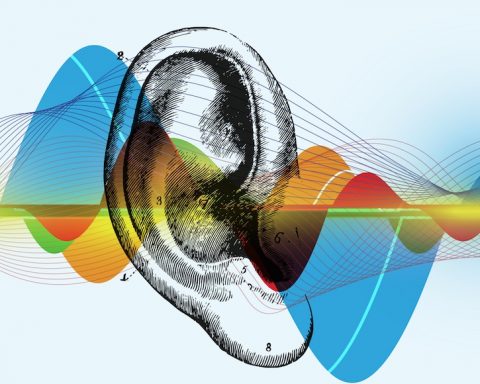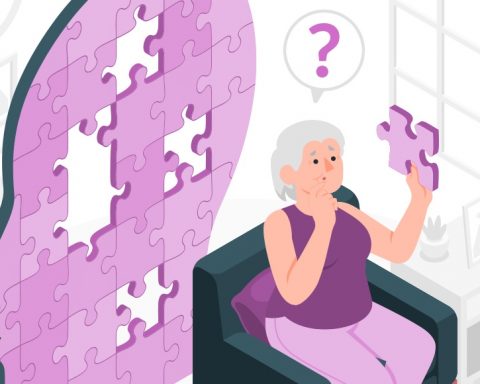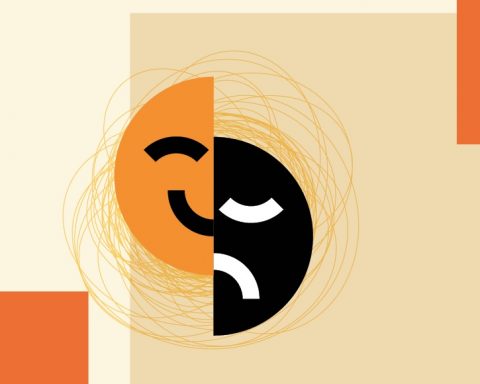You may be frightened by the mere sight of a spider, but rest assured – you’re not alone.
You may be frightened by the mere sight of a spider, but rest assured – you’re not alone. About one in fifty people suffer from a severe form of an irrational fear of spiders, otherwise known as arachnophobia, and a good tip here is to remember that a spider is more terrified of you than you are of it.
Phobias and fears come in all shapes and sizes. So just what is a phobia? It is a type of anxiety disorder that manifests itself in an uncontrollable, irrational, and persistent fear of a specific object, situation, or activity. However, whatever your phobia, it is unlikely to cause harm. The word itself comes from the Greek word “phobos,” which means irrational fear. The good news is that there is no need for anyone to continue to suffer from phobias.
Phobias are different from regular fears because they cause significant distress, possibly interfering with life at home, work, or school. There may be little threat, or even no threat at all, but you could experience symptoms of anxiety. Fear, on the other hand, is an intense emotion in response to a threat in the moment.
What causes phobias? If you perceive something as a threat, even though it may not be a threat, stress hormones are released and there is a fight-or-flight response, with symptoms such as an increased heart rate, breathing and sweating. This can lead the person to fight, flee, or freeze.
Other phobias include agoraphobia, a fear of places or situations that trigger fear or helplessness, which can make it very hard to lead a normal life. Social phobias, which are fears related to social situations where you may be scrutinised and observed by others, can cause people to avoid them, especially in the case of a fear of public speaking (glossophobia). There are a lot of myths surrounding the fear of public speaking, with one recommendation being to imagine your audience naked, because supposedly a naked audience is less intimidating! This advice may not be the best strategy to follow and to calm your nerves you are better off using ‘cognitive reappraisal’. Research has shown that people who deliberately re-evaluate their nerves as excitement rather than anxiety perform better than those who try to calm themselves down.
Phobias typically fall within five general categories: fears related to animals (spiders, dogs, insects); fears related to the natural environment (heights, thunder, darkness); fears related to blood, injury, or medical issues (injections, broken bones, falls); fears related to specific situations (flying, riding in a lift, driving); and other fears such as a fear of choking, loud noises or drowning.
There’s also such a thing as a fear of fears (phobophobia), a fear of being afraid, which is actually more common than you might imagine!
So how can you overcome a phobia? Before resorting to medical help, there are some self-help strategies that you could try, including exercise, visualisation, and breathing techniques.
Breathing: Try the 4-7-8 breathing technique. Breathe in for 4 seconds, hold your breath for 7 seconds, and exhale for 8 seconds.
Visualisation: Take a moment to imagine how proud you will feel when you successfully handle your phobia. Now imagine yourself in a situation where your phobia arises, and picture yourself handling the situation with confidence. Imagine feeling free of anxiety and picture your life without the fear and limitations of your phobia.
Exercise: exercise can refocus you (your mind can only focus on one thing at a time). Whether you go on a short walk, head to a gym for an all-out sweat session, or turn on a 15-minute yoga video at home, exercise is good for you and it will ground you and help you feel more capable.
Courage: appreciate your courage. Every time you don’t allow fear to keep you from doing something that scares you, it will make you stronger and less likely to let the next panic attack stop you.
If self-help techniques to overcome phobias aren’t successful, you can seek the help of a healthcare professional such as a psychologist or psychiatrist. Psychotherapy, or talk therapy, is the primary treatment option for phobias. Cognitive behavioural therapy (CBT) is a commonly used technique. One specific method is a type of CBT called exposure therapy that involves confronting the fear in small steps, in a controlled and safe environment.
Exposure therapy is the term for repeated exposure to the event(s) that created the trauma which can help the anxiety subside. For example, the treatment for fear of flying (aviophobia) is often exposure therapy that involves slowly and repeatedly being exposed to the object that is feared in a controlled environment, and there are several airlines that offer ‘Fear of Flying’ courses. Hypnotherapy is another popular method for treating this fear.
Short term medications, such as anti-anxiety drugs, beta-blockers and antidepressants may also be used along with talk therapy. This type of treatment does not help the person overcome the fear, but it can relieve some of the symptoms.
Remember though that It is recommended that you make an appointment to see your doctor as soon as possible if you are troubled by phobias, fears or anxieties that are disturbing your peace of mind; interfering with your personal relationships; or preventing you from functioning normally at home, school or work.









